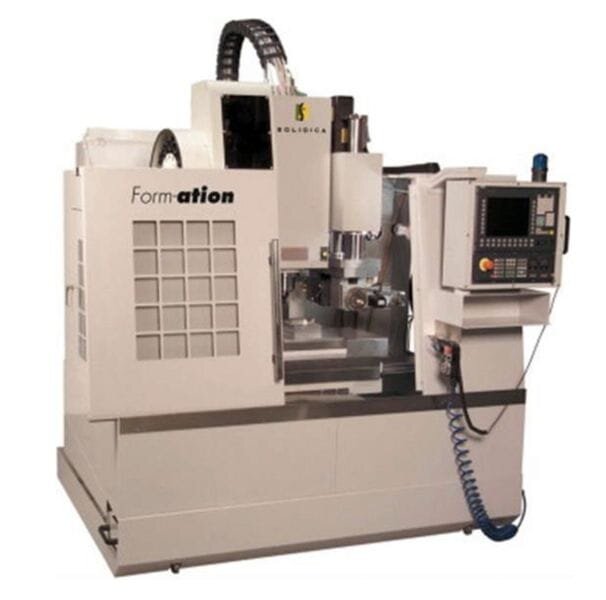![The Solidica Foundation, an early ultrasonic device [Source: Emerald]](https://fabbaloo.com/wp-content/uploads/2020/05/image-asset_img_5eb08c82d68f8.jpg)
A new paper has been published that examines the current state of ultrasonic 3D printing.
This method of 3D printing is quite unusual, and is only commercialized in a few instances, the most notable being from Ohio-based Fabrisonic. Their prominence in the field is so notable that the authors of the paper are both from Fabrisonic, including CEO Mark Norfolk and Research Engineer Dr. Adam Hehr.
While the paper was produced by individuals from Fabrisonic, it is by no means an advertising piece, and in fact explores seemingly every facet of ultrasonic 3D printing technology known in the 14-page work.
Evidently their goal was to collect all relevant information about the technology of ultrasonic 3D printing into a single source, including history, technology, applications and even some speculation on how the future may play out.
Ultrasonic Additive Manufacturing
![The process of bonding using ultrasonics [Source: Emerald]](https://fabbaloo.com/wp-content/uploads/2020/05/image-asset_img_5eb08c83291f7.jpg)
If you’ve never heard of ultrasonic 3D printing, you’re in for a surprise, as it is one of the most unusual approaches to additive manufacturing presently available.
While most 3D printing processes involve either heat or a chemical reaction to fuse liquid / powder / material together, ultrasonic 3D printing, or UAM, “Ultrasonic Additive Manufacturing” is quite different and involves none of the above. Instead the materials are treated to an extreme source of ultrasonic sound.
UAM involves welding thin metal foils together. The process requires metal foils to be pressed together while simultaneously being subjected to ultrasonic waves from a horn or sonotrode at a frequency of around 20hz.
The pressure and ultrasonic waves effectively “rub” the two foil surfaces together and causes them to join together. This is actually quite different from “friction welding”, where heat generates a means for fusion. Instead, UAM disrupts the normal oxidized outer layer of the metals, thus exposing the raw metal molecules directly against each other. Then, natural molecular forces bond the foils together.
UAM allows layers of material to be built up successively, and if excess material is trimmed off, you have a 3D printing process.
UAM Applications
![Experimental ultrasonic device at Loughborough University [Source: Fabbaloo]](https://fabbaloo.com/wp-content/uploads/2020/05/image-asset_img_5eb08c83693c7.jpg)
The really interesting part of UAM is that it can be used to bond unlike metals together to form “impossible” parts. For example, you might make a material made of copper and aluminum.
There are some geometric constraints with UAM, however, as it can only bond foil layers together up to a certain amount of curvature. Nevertheless, there are countless applications of the technology that can be achieved with UAM, and the paper explores the key uses.
If you have interest in the history of UAM, the paper is an excellent source, as they trace the development of the technology from university research, through attempts at commercialization to today’s state.
I’ve not seen any other source of information as detailed as this paper on any single 3D printing process. Well done!
Via Emerald and Fabrisonic

